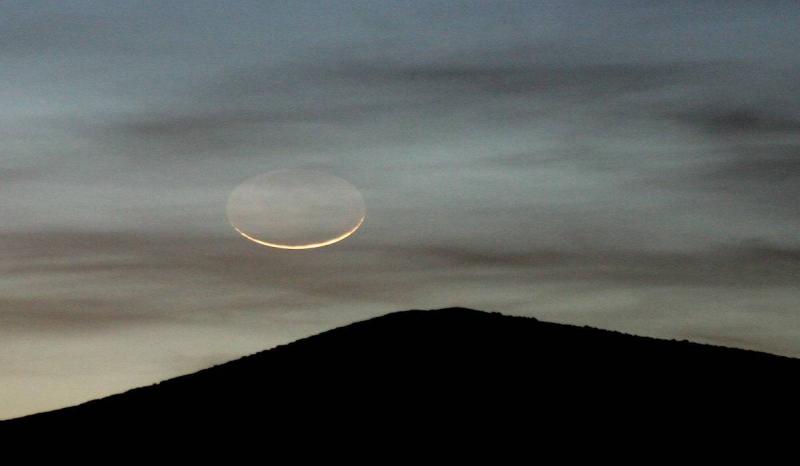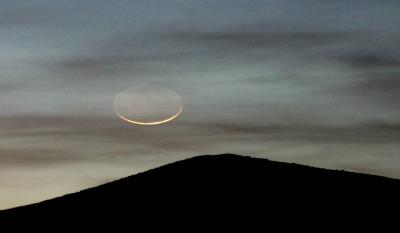Mohammed Shawkat Ouda, the Director of the International Astronomy Center, confirmed that the central conjunction of the month of Dhu al-Hijjah 1442 AH will occur on Saturday, July 10, 2021, at 01:17 AM GMT. The visibility of the crescent moon on that day is not possible from the eastern part of the Islamic world, whereas it is possible with a telescope from the Arab countries and most of the continents of Africa and Europe. The crescent can be seen with the naked eye with difficulty from the far west of Africa and parts of the Americas, while it is easily visible with the naked eye from the Pacific Ocean.
Ouda stated: "For countries that will look for the crescent on Friday, July 9, they will complete the month of Dhu al-Qi'dah as thirty days due to the impossibility of seeing the crescent on that day because the moon sets before the sun and the conjunction occurs after sunset. Therefore, the month of Dhu al-Hijjah will begin on Sunday, July 11. He indicated that countries that will look for the crescent on Saturday, July 10 will mostly begin the month of Dhu al-Hijjah on Sunday, July 11 as well, given the possibility of seeing the crescent on Saturday. Hence, it is expected that Tuesday, July 20 will be the first day of Eid al-Adha in most Muslim countries. It is also anticipated that several Islamic countries, especially those in the east, will begin the month of Dhu al-Hijjah on Monday, as the crescent sighting will be impossible on Saturday in parts of the Islamic world; consequently, the first day of Eid al-Adha in those countries will be on Wednesday, July 21.
Additionally, Ouda noted the conditions of the crescent on Saturday, July 10, in some Arab and Islamic cities, with calculations of the crescent at sunset as follows:
- Jakarta: The moon sets 17 minutes after sunset, with an age of 11 hours and 27 minutes; visibility is not possible even with a telescope.
- Abu Dhabi: The moon sets 34 minutes after sunset, with an age of 15 hours and 30 minutes; visibility is possible only with a telescope.
- Mecca: The moon sets 35 minutes after sunset, with an age of 16 hours and 9 minutes; visibility is possible only with a telescope.
- Amman and Jerusalem: The moon sets 39 minutes after sunset, with an age of 16 hours and 44 minutes; visibility is possible only with a telescope.
- Cairo: The moon sets 38 minutes after sunset, with an age of 16 hours and 49 minutes; visibility is possible only with a telescope.
- Rabat: The moon sets 44 minutes after sunset, with an age of 18 hours and 47 minutes; visibility is possible only with a telescope.
He pointed out that to understand the significance of these numbers, it is worth noting that the minimum stay time for a crescent to be visible to the naked eye was 29 minutes, while the minimum age for a crescent to be seen with the naked eye was 15 hours and 33 minutes. It is not sufficient for the crescent's duration and age to exceed these values for it to be visible, as visibility also depends on other factors such as its angular distance from the sun and its distance from the horizon at the time of observation.




